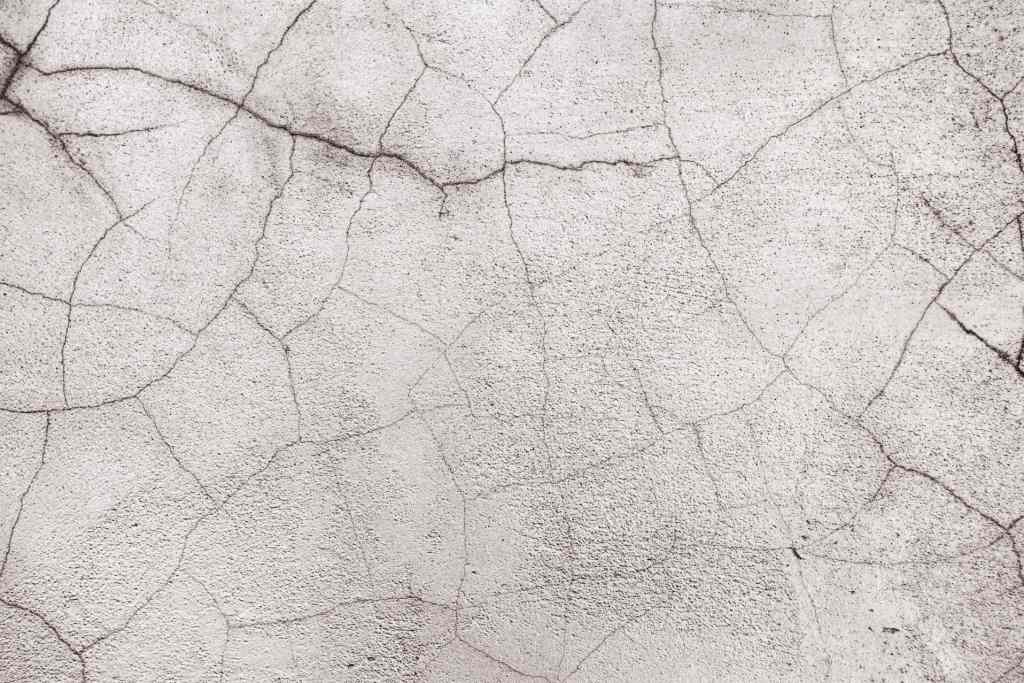Making a concrete is not a difficult job. Every one knows that concrete is simply made by mixing water, cement, and aggregates. There are other ingredients like admixtures, pigments, fibers, polymers and reinforcement which are also used to get special properties of concrete. Among them, water is a key material of concrete construction. Whether you are making concrete or doing curing, in both case, water plays an important role. Have you ever thought, why water for concrete curing required more than making?


Concrete mix design and good workmanship while pouring of concrete make a huge impact while constructing a house. These two basic things always become a key factor to make the durable concrete.
Why Water for Concrete Curing Required more than Making?
Concrete mix design guides the required proportion of concrete ingredients to get specific grade of concrete. I.e. weight of cement, sand, aggregates and also liters of water and admixtures. Types of Cement and water majorly affect the concrete mix in terms of workability and future strength of house.
Hence, water cement ratio (w/c content) should be maintained as per specified in the concrete mix design. The high-water content will increase the slump and cause the segregation or bleeding of concrete.
The bleeding or segregation of concrete results in to the poor strength of concrete or increases the chances of concrete repair i.e. repair due to leakage or cracks in concrete. The amount of water, which you add in concrete, should be maintained as much as we get workable paste of concrete.
Once water is added to the dry mix of concrete, the hydration process starts immediately because of the reaction between cement and water. This reaction will release heat which is also known as heat of hydration. This heat of hydration is always proven harmful for the concrete. Sometimes shrinkage cracks may form due to the effect of heat of hydration. The only way to reduce heat in concrete is water curing.
Water curing replenishes the moisture in concrete and allows the cement to hydrate, which lets concrete to gain strength. To continue the hydration process, the relative humidity should be well maintained in the concrete. It is generally maintained by spraying the water over a concrete surface. There are other methods of curing which are also used as water curing. The higher amount of water is required to continue the hydration process rather than making a concrete.
Normally Hydration process will continue up to 21 days (for small structure i.e. houses) or more (for mass concrete structure i.e. RCC dam). Hence, concrete needs water continuously up to 21 days, to avoid dryness, and to maintain humidity. It significantly improves the overall quality of concrete.
Though the pouring of concrete is carried out correctly, you may not get desired strength or good service life of the structure unless concrete is properly cured. Concrete curing is a key activity to get a designed strength of concrete. Hence, a good workmanship and enough amount of curing water for curing activity defiantly helps to gets durable concrete.
Best Construction methods and quality control measures will be of no value if curing is not done properly. Inadequate practice, intermittent or improper curing means that the resulting concrete will not achieve its desired strength.
Conclusion
It is the dream of every human being that they build a house which protects them for a long period. But without durable concrete it is not possible to make a long-lasting home. Water is a marvellous gift of god weather it is being used for household or in construction. One cannot think of concrete without water.
Whether you make a concrete or perform curing, the water is a chief role model of concrete. While you make a concrete, a fixed amount of water is needed, but the amount of water needed for curing is not fixed. The requirement of water for the curing is changed as per the type of constructions (i.e. large or small structures), change of seasons (i.e. wet or hot season), etc. Hence, we can say that more water is needed for curing rather than making a concrete.

